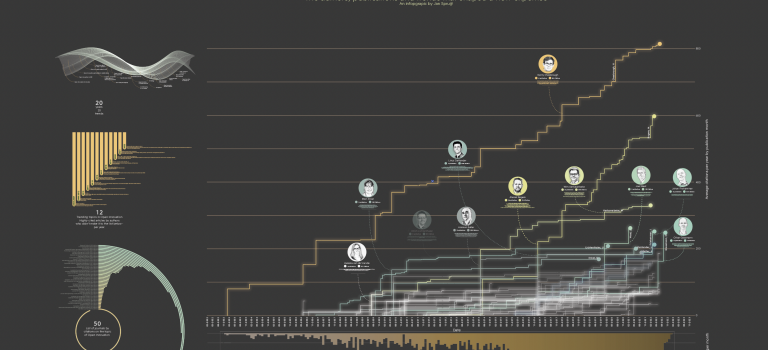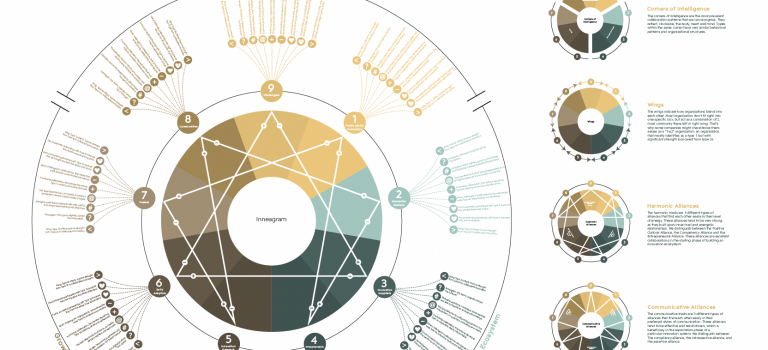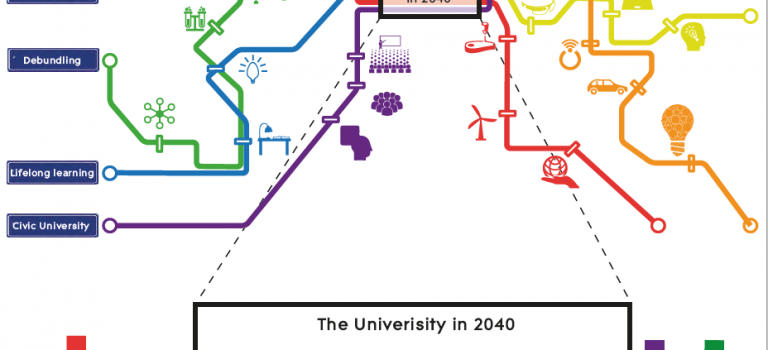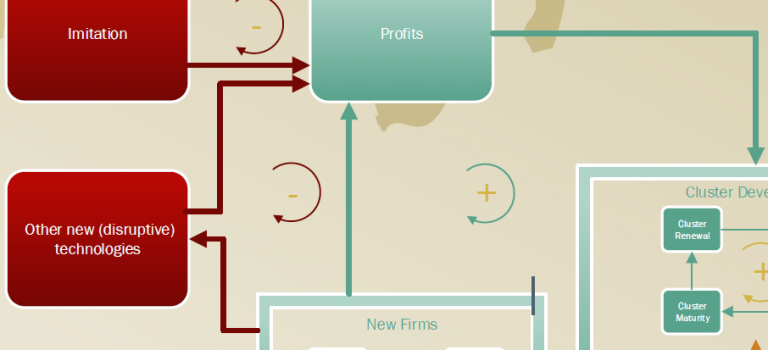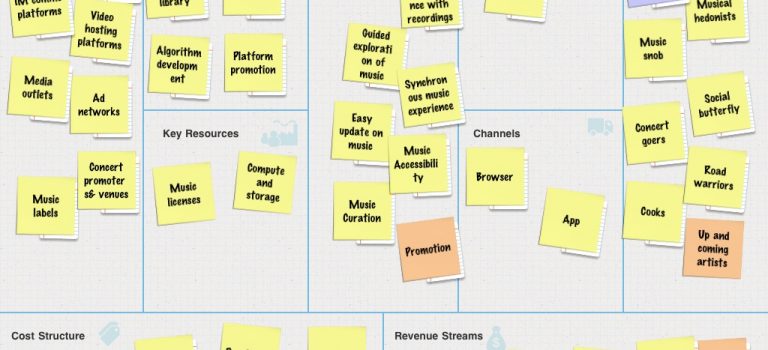In the world of business education, the usage of AI and ChatGPT has severe impact. Not only does it open doors for new ways of learning, it also threatens traditional learning methods, activities and deliverables – and forces educators to update curricula in a fast pace. As became apparent over the last few years, strategic simulation games are immersive learning experiences that go hand-in-hand with the rise of the usage AI and ChatGPT in education. As a premium partner of Innovative Dutch, who is developing and running strategic simulation games in universities worldwide, we’ve experienced during the last year that there are many benefits arising from using strategic simulation games in education, knowing that students will move to AI to ask for help. Interested in learning more about the simulation games of Innovative Dutch? Check their website for the Innovation Management Game and the Business Model Game. Their games are played in over 25 countries by 10K+ students annually.

Here are nine advantages of leveraging strategic simulation games enhanced by AI in business education:
Read more
